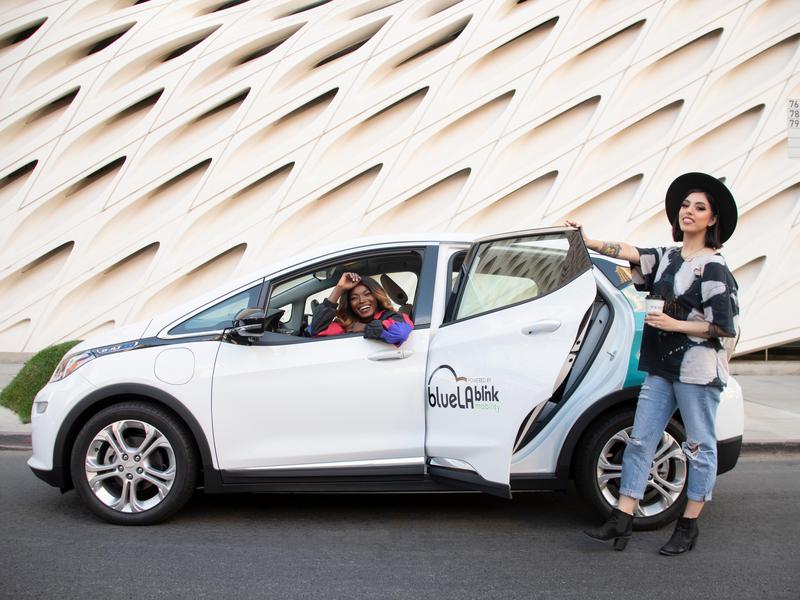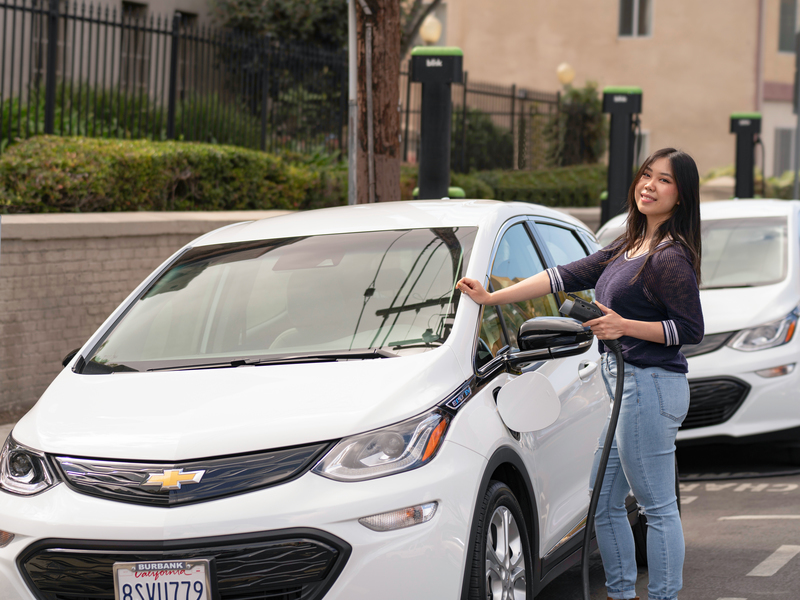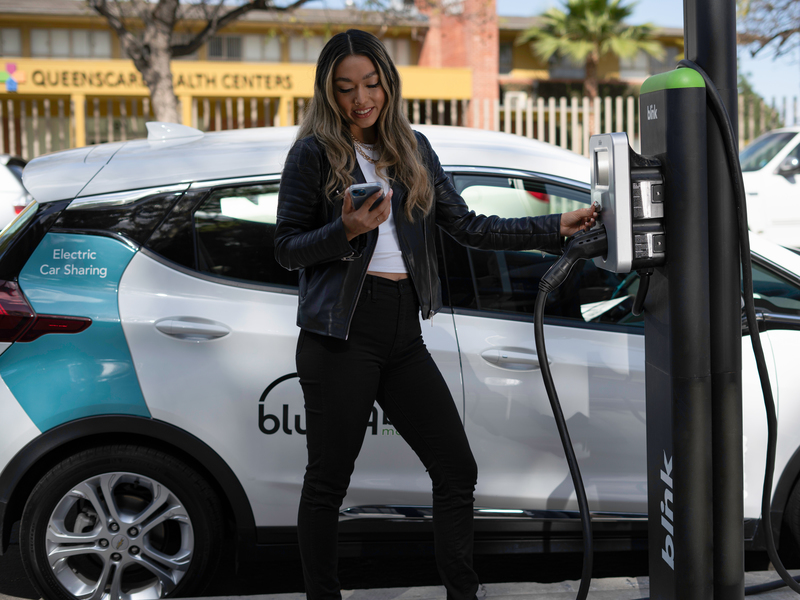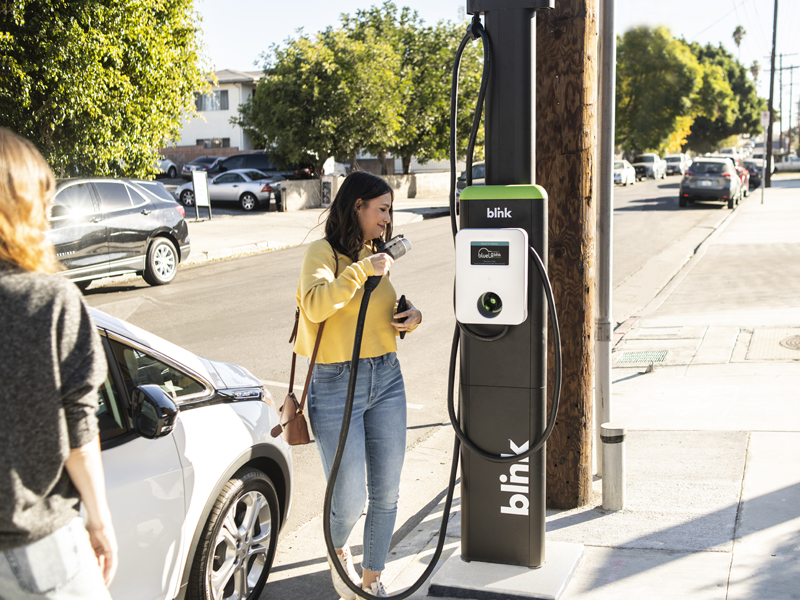Most EV drivers know that cold weather can cause range loss in electric vehicles, and that running the heater can make the loss greater. But most drivers don’t consider the effect of hot weather.
Extreme temperatures of any kind can have a detrimental effect on an EV, causing range loss, body wear and tear, and premature battery replacement. However, there are tips you can follow to get the most of your EV this summer while protecting it from severe weather conditions.
According to CNBC, “lithium-ion batteries like the same sort of temperatures that we do”, and perform best at a balmy 70 degrees. EVs lose power under 65 degrees, and lose it quickly under 50 degrees, however, temperatures in excess of 86 degrees also rob the vehicle of power. It’s no wonder EVs use 15% more power in the Upper Midwest and Southwest than on the California coast.
Didn’t know heat can adversely affect EVs? Follow these simple tips to keep your car in peak performance during the hottest summer months.
1. Remember to cool the person, not the car.
The greatest loss of power is due to our desire for comfort. Running the heater and the air conditioner are the biggest drains on the battery.
EVs with the newest technology can pre-cool the cabin and even feature cooling seats. For those without these features, keep the air conditioning on low, open the window, and consider adding a hand-sized personal fan to your dash. Try washing your car with cold water before you drive and always park in a garage or shade at home to keep the car cooler. Making your EV a refrigerator in the summer can cost you miles of range.
2. Keep cool behind the wheel too.
Sudden starts and stops are bad for any car, and particularly for EVs. Wear and tear on the vehicle increases when we drive too fast and then slam on the brakes, or make sudden movements, screech tires, or hit the gas too fast. Whether you have to skip a second cup of coffee, set your alarm five minutes earlier, or skip a route with road rage, avoiding the speed/brake cycle adds years to your car.
3. Charge the battery slowly at night.
One of the best steps you can take, is acquiring a Level 2 home charger. The Blink HQ 100 is a perfect cost-effective option to charge your EV overnight during off-peak hours. Charging in the hot sun not only means you won’t get the best out of your battery, it’s also a drain on the power grid. You should also avoid Superchargers all together during the day in the summer.
4. And leave it plugged in.
When it’s plugged in, EVs benefit from thermal management systems that regulate battery temperature. The battery will be kept cool as long as it’s plugged in. But remember, if you’re using public charging stations, good EV etiquette is to unplug so that others can charge. It will also help you avoided any occupancy fees charged at that location.
5. Watch where you park.
Sometimes we’re grateful for any parking spot at busy times, but try to find one in the shade, under a tree, or the shadow of a building or sign. Your car will be scalding if it sits in the sun all day, and you will want to run the air conditioning high just to tolerate it. Sun-blocking windshield covers can also help.
6.Avoid too many accessories.
The more accessories you’re using, the more power you’re losing. Keep it simple and focus on the road while driving. We all know focusing on texting, panel and touchscreen accessories, and even the radio, rather than driving, can be deadly. It can also drain your battery. If you need to listen to the radio, keep it a reasonable volume if you want full range out of your EV.
7. Keep your vehicle charged at mid-range.
Lithium batteries aren’t as efficient as they could be and need to be replaced sooner when they’re overcharged, as most people have found out with laptops and phones. It’s also true of EVs, particularly in extreme temperatures. Keep your charge below 85%, and stay within 60-70% if you can, to help the car run as efficiently as possible.
8. Don’t bring everything with you.
If you know you’re going biking, skiing, or kayaking, it’s reasonable to bring the necessary equipment. However, the more gear and the heavier the items in your car are, the more drag it will have, and the less efficient the battery will be. Take heavy items out of your car when they’re not necessary, and limit what you bring.
Following these simple tips can help you get the most of your EV this summer, and stop for recharging a lot less than you may be used to.
Recommend for You
Stay Informed
Join our mailing list for hot news and company updates.







